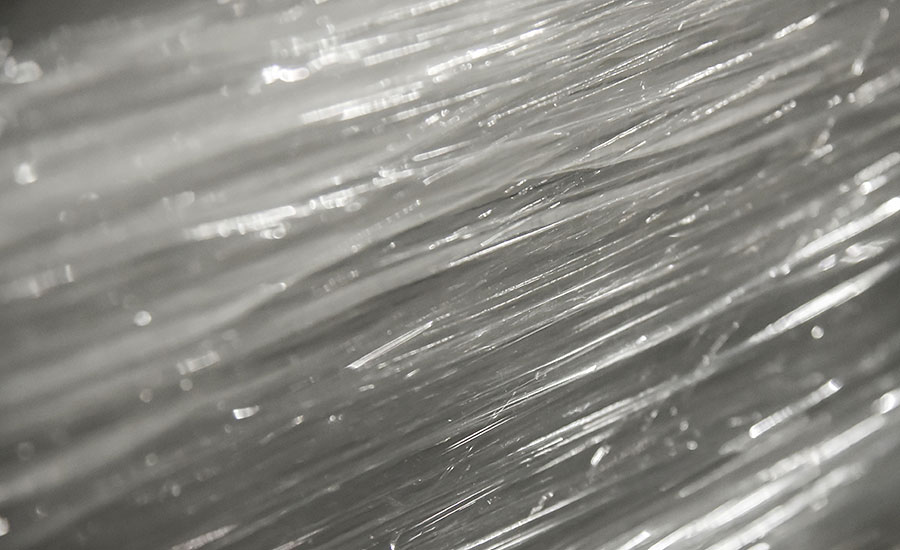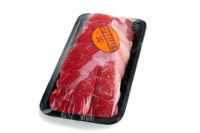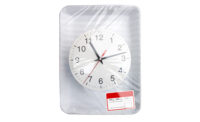There are so many barrier films in today’s marketplace and so many players marketing them, I wonder if the playing field is in danger of becoming flat and the products commoditized?
I posed the question to some industry veterans and found the perspectives compelling. It seems that barrier films’ decades-long longevity is an essential part of their value because familiarity instills confidence in the materials. They are not an unknown technology, but perform reliably and consistently time after time. They mean greater security, less risk.
Added shelf life may not always be a marketing point to shoppers, but it is a built-in food safety insurance policy for film makers and retailers, and goes a long way toward helping reduce retail shrink. Granted, there is price pressure because of the crowded marketplace, but being the cheapest is not the point of difference film manufacturers want or will accept. So where is the differentiation found?
One observer noted, “People need to pay for value. So you’ve got to innovate, maybe with partnerships to develop new grades of resins and new materials. Or you deliver performance with a cheaper product or improved performance with less material.”
Creativity and understanding the real needs of the market are as crucial here as anywhere else. Another pointed out, “You’ve got to look at areas like customized technical services and new applications support. Maybe you sell a basic grade of barrier resin that meets a special need like flex-crack or you might develop materials for specific customers. Tailor-made.”
At the end of the day, films and barrier technology are driven, to varying degrees, by those same factors that have compelled them for decades — performance and package cost. It remains an awkward dance, part art and science, to maximize the former and minimize the latter. In the United States, the fastest growth segment in barrier packaging is the flex/flex format, according to a source. It is a convenient package for applications in which portion control is valued, such as ground beef. Vacuum-packaged and perforated multi-packs enable shoppers to tear off an individual portion and put the rest in the freezer for the next time. Flex/flex is a robust package that delivers appreciable consumer convenience and lower packaging cost than modified-atmosphere packaging or vacuum skin packaging.
Some bio-based barrier materials have shown remarkable performance statistics, particularly with ultra-low oxygen transmission rates, and claimed cost parity to traditional materials. Eventually, they may represent a new barrier frontier, but I got a sense of measured pragmatism for them, not exhilaration, from sources. “They won’t replace EVOH or Saran. To be the next frontier they must have broad-based applications, and right now they don’t. Being green isn’t enough in barrier. The price point must be in the wheelhouse and they must perform as [well], if not better, too.”
The real growth opportunities are seen in high-value applications such as cooked and ready-to-eat products.
“It’s case by case, but if you can bring an environmental angle with high bio-based content, then it can be a sell,” a source told me.
The barrier market is full of players who have deftly identified bona fide market needs and created solutions. They are selling value and have made the playing field anything but level. NP







